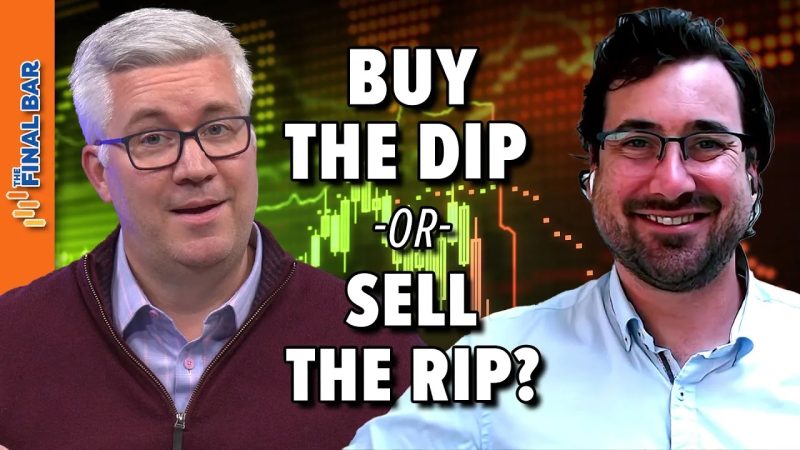
Dip or Rip: When to Buy and When to Sell?
When faced with volatile fluctuations in the financial markets, investors often find themselves debating whether to buy the dip or sell the rip. These two strategies reflect opposite approaches to market movements, with buying the dip entailing purchasing assets when they experience a temporary decline in price, and selling the rip involving selling assets when they have risen significantly.
The decision between buying the dip and selling the rip is a challenging one, as it requires investors to navigate the uncertainties and risks inherent in financial markets. Both strategies have their merits and drawbacks, and the optimal choice often depends on an individual’s investment goals, risk tolerance, and time horizon.
Buying the dip is a strategy favored by many investors who believe in the adage buy low, sell high. When an asset experiences a temporary decline in price, buying the dip allows investors to acquire the asset at a discounted price, potentially increasing their returns when the asset’s value rebounds. This strategy is based on the assumption that market downturns are temporary and that assets will eventually recover and appreciate in value.
On the other hand, selling the rip involves capitalizing on significant price increases by selling assets that have reached or surpassed their perceived peak. This strategy is based on the idea of taking profits when an asset’s price has risen to avoid potential losses in the event of a market correction or downturn. Selling the rip allows investors to lock in gains and reduce their exposure to downside risks.
The decision to buy the dip or sell the rip is influenced by a variety of factors, including market conditions, economic indicators, and geopolitical events. Investors must carefully assess the underlying reasons for price movements and consider their own risk tolerance and investment objectives before choosing a strategy.
For those with a long-term investment horizon and a high risk tolerance, buying the dip may be a suitable strategy, as it allows investors to capitalize on market downturns and benefit from potential long-term gains. Conversely, investors with a short-term focus and a lower risk tolerance may prefer selling the rip to secure profits and minimize losses in a volatile market environment.
Ultimately, the decision between buying the dip and selling the rip is a personal one that should be based on thorough research, analysis, and a clear understanding of one’s investment goals. By carefully assessing market conditions and weighing the potential risks and rewards of each strategy, investors can make informed decisions that align with their financial objectives and risk appetite.
